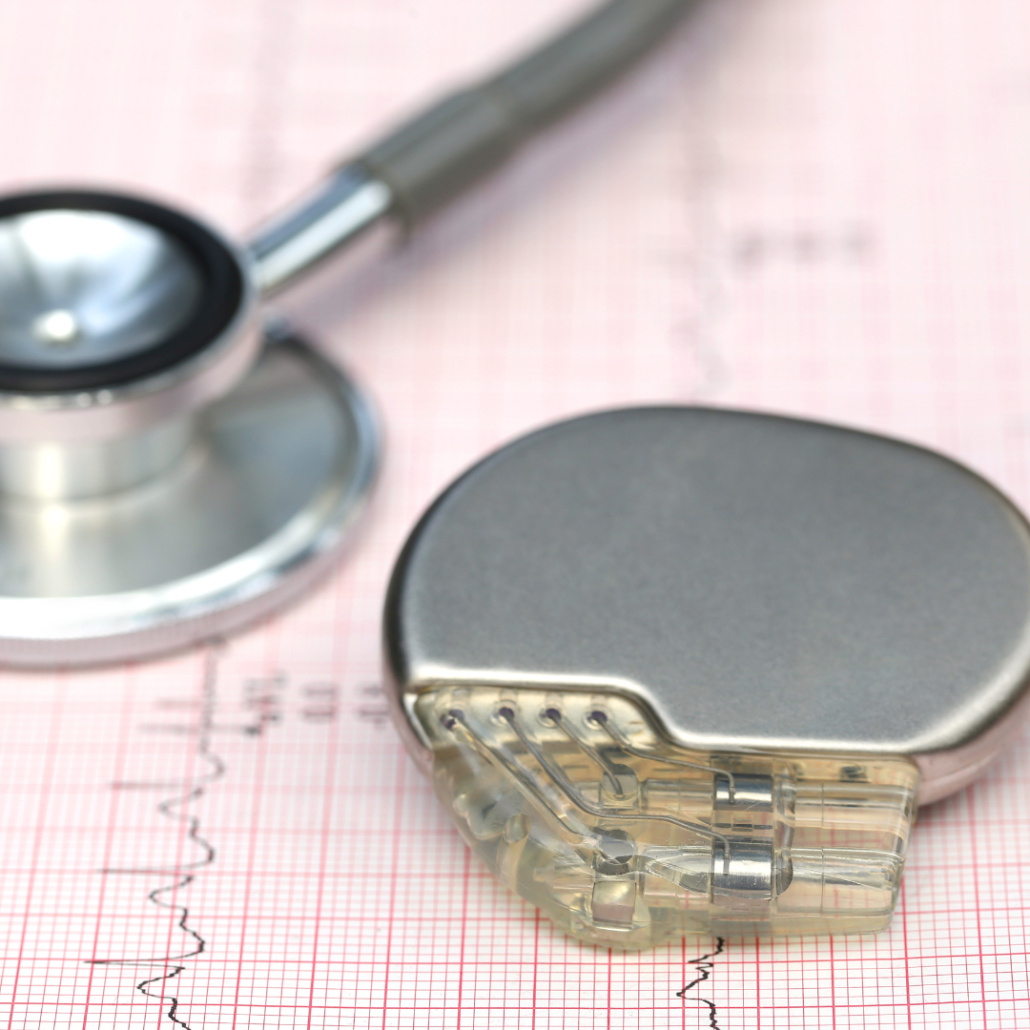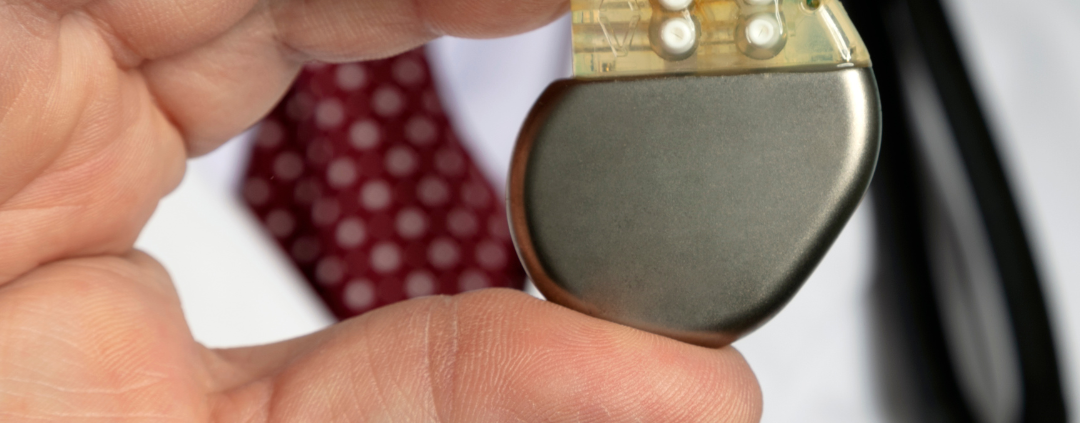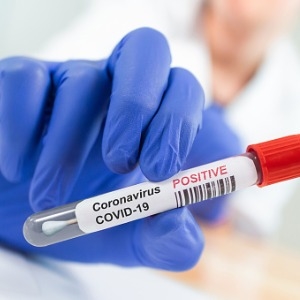Pacemaker
A pacemaker is a tiny device that is implanted in the chest to assist with heartbeat regulation. It serves as a safeguard against the heart beating too slowly. The placement of a pacemaker in the chest necessitates surgery.
Another name for a pacemaker is a cardiac pacing device.

Types
- You could have one of the following kinds, depending on your health.
- pacemaker with a single chamber. This kind often delivers electrical impulses to your heart’s right ventricle.
- pacemaker with two chambers. To assist regulate the timing of contractions between the two chambers of your heart, this kind sends electrical impulses to the right ventricle and right atrium.
- a biventricular pacemaker. Using cardiovascular resynchronization treatment, commonly known as biventricular pacing, is to treat patients with heart failure and irregular heartbeats. This kind of pacemaker stimulates the right and left ventricles, the lower heart chambers, to increase the heart’s efficiency.
Why do you need a pacemaker?
The installation of a pacemaker is in order to assist regulate your heartbeat. If your heartbeat is sluggish (bradycardia) after a heart attack, surgery, or drug overdose your doctor may advise getting a temporary one. The installation of permanent pacemakers is to treat heart failure or to fix a persistently slow or irregular pulse.
What does it do?
Pacemakers only function when necessary. It gives electrical instructions to your heart to adjust the rhythm if it beats too slowly (bradycardia).
A few more recent pacemakers also feature sensors that notice changes in breathing or body movements and alert the devices when it is necessary to raise heart rate during activity.
Two components make up a pacemaker:
- Pulse generator:
The electrical circuitry that regulates the frequency of electrical pulses sent to the heart is housed in this tiny metal container together with a battery.
- Leads (electrodes) (electrodes):
The electrical pulses necessary to modify heart rate are delivered by one to three flexible, insulated wires that are individually inserted into one or more heart chambers.
Some more recent pacemakers, however, do not require leads. During the surgical heart operation, these leadless pacemakers make their way in.
Results
The device should alleviate signs of a sluggish heartbeat including weariness, dizziness, and fainting. You might be able to resume an active lifestyle because the majority of pacemakers on the market now automatically modify the heart rate to correspond to the degree of physical activity.
Every three to six months, your doctor should examine your pacemaker. Inform your doctor if you put on weight, have swollen ankles or legs, or experience fainting or dizziness.
Your doctor can remotely examine the majority of pacemakers, so you won’t need to visit their office. Your pacemaker transmits data to your doctor, including your heart rate and rhythm, the operation, and the remaining battery life.
The battery in your pacemaker should last 5 to 15 years. When the battery stops working, you’ll need surgery to replace it. The procedure to change your pacemaker’s battery is often quicker and requires less recovery time than the implant procedure.
















Leave a Reply
Want to join the discussion?Feel free to contribute!